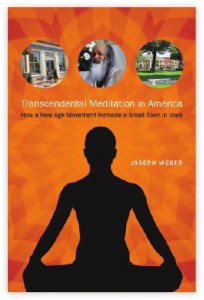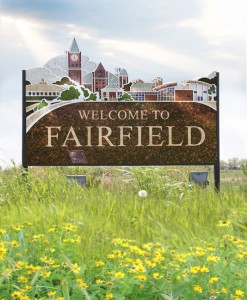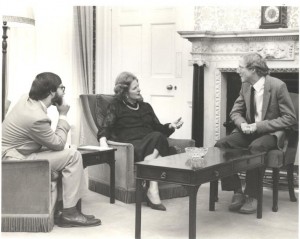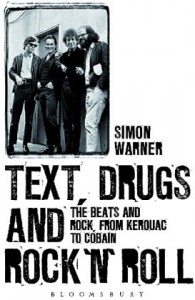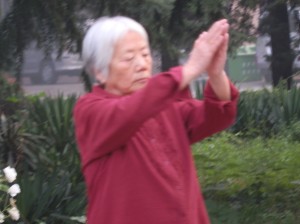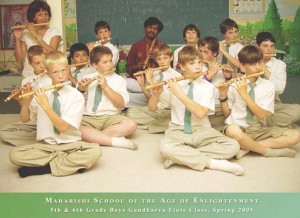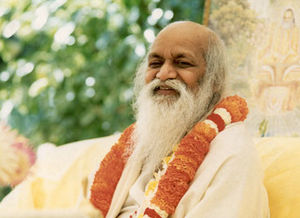 So, the Net is supposed to be fatal for books, right? Why plow through a couple hundred dead-tree remnants when you can just watch a 1:15 video? And, if you want to wade through a lot of prose, can’t you do that online through Nook, Kindle, etc., even if such outfits kill profit margins for publishers and savage bookstores?
So, the Net is supposed to be fatal for books, right? Why plow through a couple hundred dead-tree remnants when you can just watch a 1:15 video? And, if you want to wade through a lot of prose, can’t you do that online through Nook, Kindle, etc., even if such outfits kill profit margins for publishers and savage bookstores?
Well, such questions seem reasonable nowadays. But, as a first-time author I’m discovering how the Net also opens the world – literally, the world – to writers and publishers to develop audiences for their work. No longer is book marketing a matter of running around the country and lecturing or just reaching out to reviewers. It’s a far, far better thing than that.
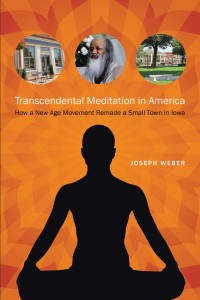 Occasionally, I Google my book title – “Transcendental Meditation in America: How a New Age Movement Remade a Small Town in Iowa.” It’s amazing what comes up. The book doesn’t come out until May, but already Amazon and online retailers all over the globe list it.
Occasionally, I Google my book title – “Transcendental Meditation in America: How a New Age Movement Remade a Small Town in Iowa.” It’s amazing what comes up. The book doesn’t come out until May, but already Amazon and online retailers all over the globe list it.
Folks in New Zealand, for instance, can pre-order on fishpond. And fans of Albany Books Ltd., “your neighbourhood bookstore” in Delta, British Columbia, Canada, can find a listing on the outlet’s site. So, too, can Canadians in London, Ontario, by checking out the Creation Bookstore site. Amazon sites in the U.S., U.K. and India are carrying it, as well.
Others round the globe are on the bandwagon. Angus & Robertson, a “Proudly Australian” site, intrigues me, as do Landmark Ltd. an Indian site, and Loot Online in Tokai, South Africa. Then there’s Waterstones in the U.K.
And some sites are segmented by market, with intriguingly different prices. eCampus will let folks buy or rent the book ($15.30 to buy, $14.40 to rent, so you make the call on the difference). Another college-oriented site, knetbooks, rents it for $14.26 if you return it by June 20 (slightly higher if you keep it til the end of July). FreshmanExperience retails it for $15.30. Amazon carries it for $13.71, marked down from the $18 jacket price. (One suspects all these prices will bounce around over time.)
But it’s not just retailers who have discovered the book. AnaLouise Keating, a professor at Texas Woman’s University in Denton, Texas, tweeted about it in early March, linking to a review she posted on goodreads, where she gave it five of five stars. Her review: “”Iowa” and “New Age”…the terms can seem like quite a juxtaposition, and Weber provides an interesting, useful discussion. Definitely worth reading.” (Thank you, Dr. Keating!)Back in January, the book made a splash at Before It’s News, a blog by “a community of individuals who report on what’s going on around them, from all around the world.” The folks there listed it as one of 35 noteworthy new books. Hey, I’m not complaining.
 And bloggers with special interests in the area are plugging it. Evolutionary_Mystic Post runs a long description of the book and (now I’m blushing) of me. Looks like the material came from the University of Iowa folks, to whom I am much indebted, as well as from my bio material on our university site.
And bloggers with special interests in the area are plugging it. Evolutionary_Mystic Post runs a long description of the book and (now I’m blushing) of me. Looks like the material came from the University of Iowa folks, to whom I am much indebted, as well as from my bio material on our university site.
The folks in Iowa, no doubt, get the credit for loosing this stuff on the world. I must especially thank editors Catherine Cocks and William Friedricks, Managing Editor Charlotte Wright and Marketing Manager Allison Means. But I’ve been doing my part, too, as they counseled. I’ve developed my own website for the book, at transcendentalmeditationinamerica.com, as well as a Facebook site. The FB site is a handy spot to post newsy things that pop up around the topic, such as a recent riot among Indian meditators whom the TM Movement brings to Iowa to meditate for world peace. (Interesting irony there).
So, there will be lectures and book-signings and the traditional stuff. But, thanks to the Net, there’s so much more. Will the Net kill books? Not on this evidence.


